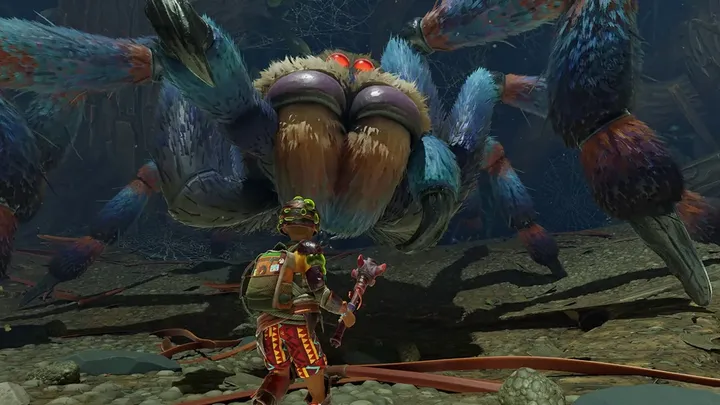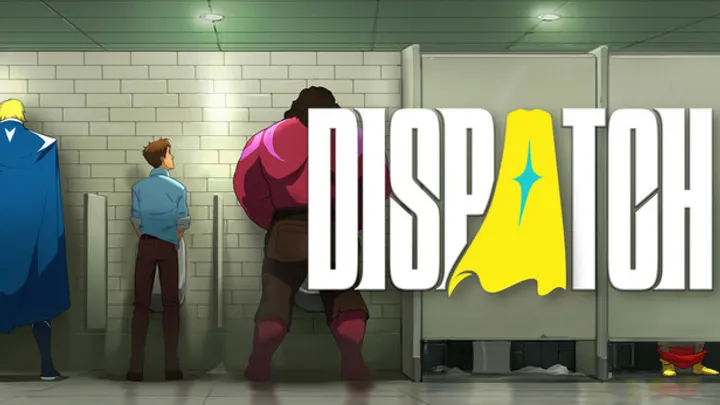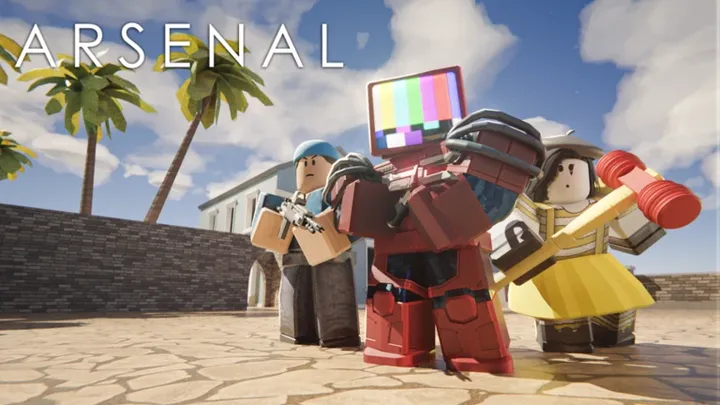Grounded 2 takes everything fans loved about the original survival experience—crafting, exploration, and miniature chaos—and turns it up several notches. The backyard is bigger, the creatures are smarter, and the world is far more dangerous. One of the most crucial and strategic elements in Grounded 2 is base defense—how you protect your camp from waves of insects, environmental hazards, and resource-hungry players (if you’re in co-op mode).
This detailed 5000-word guide will teach you how to master base defense—covering everything from location scouting to advanced fortification techniques, trap setup, and automated defense systems. Whether you’re a solo explorer or leading a group, learning to defend your home effectively is the key to surviving in the wild, oversized backyard of Grounded 2.
1. Understanding the Core Principles of Base Defense
Before you start stacking walls and planting spikes, you must understand what base defense in Grounded 2 really means. It’s not just about building barriers; it’s about designing a structure that functions as a living ecosystem—a sustainable shelter, a tactical fortress, and a psychological advantage against enemies.

The Philosophy of Defense
In Grounded 2, every base is vulnerable. Ants can chew through wood, bombardier beetles can spray acid over walls, and flying insects can dive-bomb from above. A strong base must be layered, flexible, and easy to repair. The key isn’t to make your base invincible—it’s to make it resilient.
Key Objectives of a Defensive Base
- Survivability: Can it withstand multiple waves of enemies?
- Accessibility: Can you move and fight efficiently within it?
- Resource Efficiency: Can you rebuild it quickly after attacks?
- Visibility: Can you monitor your surroundings without exposing yourself?
2. Choosing the Perfect Location
Base location determines how much trouble you’ll face in the long run. The backyard in Grounded 2 is dynamic and unforgiving—its terrain changes over time, weather impacts certain zones, and predators migrate.
Ideal Base Environments
Some areas are naturally defensive. Elevated spots like the oak tree roots or the edge of the sandbox provide height advantage and fewer ground attacks. However, low-lying areas near puddles or tunnels are resource-rich but harder to defend.
Location Selection Checklist
- Proximity to Resources: Food, water, and building materials.
- Distance from Predators: Avoid spider nests or beetle spawn zones.
- Elevation Advantage: The higher your base, the safer it is.
- Flat Terrain: Makes construction easier and walls more stable.
Example: The Clover Plateau
A well-known safe zone in Grounded 2 is the Clover Plateau—elevated enough to prevent large insect invasions but close enough to the pond for resource gathering. Many veteran players start there before expanding outward.
3. Foundation and Structure Planning
Once you’ve chosen your location, the next step is laying a solid foundation. This determines not only how your base looks but how it performs under stress.

Designing the Layout
A smart layout includes inner and outer walls, supply storage zones, emergency exits, and choke points. Circular or hexagonal bases tend to disperse impact damage better than square ones, especially when facing bombardier attacks.
Structural Materials
- Grass Planks: Light, easy to replace, but weak.
- Weed Stems: Stronger but require more effort to gather.
- Mushroom Bricks: Mid-game material with excellent defense and durability.
- Quartz Reinforcements: Late-game, nearly impervious to standard attacks.
Stability and Anchoring
Don’t build tall before you build wide. Weight distribution affects stability, especially after weather events. Reinforce high walls with inner beams or mushroom supports.
4. Wall Defense Systems and Barricades
Walls are your first line of defense—but not all walls are created equal. In Grounded 2, walls come in various tiers, and understanding their function determines how long you’ll last during sieges.
Layered Defense
Stack multiple layers of walls. For example, outer wooden spikes followed by a mushroom brick wall and an inner grass barrier for shock absorption. This creates time for you to respond before enemies reach the core.
Advanced Barricades
- Spike Traps: Perfect for funneling ants and larvae.
- Sticky Web Fences: Slows enemies and makes them easy to hit.
- Acid Shields: Collected from bombardier beetle glands—repels corrosive attacks.
Positioning Matters
Always leave one controlled entry point—an intentional “kill zone” where traps, turrets, and melee defenders can concentrate their firepower.
5. Resource Management for Long-Term Defense
You can’t defend what you can’t maintain. Resource management ensures your base doesn’t crumble after the first assault.

Building a Sustainable Supply Chain
Organize your production loops:
- Grass and Weed Farms: Maintain a constant flow of materials.
- Sap Collectors: Essential for crafting glue and torches.
- Mushroom Gardens: Feed your team and produce defensive bricks.
Defensive Resource Storage
Keep at least 25% of your resources in hidden or secondary bases. When your main base falls, you can rebuild quickly. Diversify your storage rather than stockpiling everything in one spot.
Upkeep Strategy
Repair structures after every major attack using repair glue and spare planks. Always prioritize fixing doorways, storage units, and power generators.
6. Trap Engineering and Automation
Defense isn’t just walls—it’s smart traps. Grounded 2 introduces automation, allowing players to create semi-autonomous defense systems using mechanical bug parts and natural materials.
Building Effective Traps
- Flame Glands (from Fire Ants): Used to create mini flame turrets.
- Spider Silk Mechanisms: For tripwires and alarm systems.
- Acid Canisters: Deploy explosive traps around key choke points.
Automation Systems
Mid-game unlocks the “Ant Circuit Node,” which allows trap synchronization. This means you can link traps to a trigger—like when an insect crosses a sensor line, it sets off nearby defenses.
Recommended Layout:
- Outer Layer: Spike traps and flame nodes.
- Inner Layer: Sticky webs and shock fields.
- Core: Automated crossbow turret for high-damage control.
7. Preparing for Raid Events
Raid events are a new feature in Grounded 2 where waves of insects attack your base, often after you’ve gathered too many rare resources or killed a major boss creature.

Understanding Raid Triggers
Certain activities provoke attacks:
- Collecting rare beetle shells.
- Killing a queen ant.
- Building too close to predator zones.
Pre-Raid Preparation
Before a raid:
- Repair all damaged walls.
- Stock up on healing supplies.
- Set up perimeter traps.
- Assign roles to teammates if in multiplayer (defender, repairer, medic).
Surviving the Raid
Fight smart—don’t engage everything at once. Retreat into inner chambers if necessary. Use ranged weapons to thin the herd before they reach the walls.
8. Defensive Combat Strategy
Even the best fortress can fall if you don’t know how to fight efficiently. Combat defense in Grounded 2 relies on weapon synergy and positioning.
Weapon Roles
- Spears and Crossbows: Great for thinning out enemies before they breach.
- Hammers: High knockback against beetles and spiders.
- Daggers: Ideal for quick strikes and mobility in tight areas.
Tactical Movement
Keep distance from acid shooters, and stay mobile when facing swarm attacks. Jump between layers of your base to flank invaders. Use vertical advantage whenever possible—enemies struggle with elevation changes.
Combat Boosts
Craft food buffs and tonics before a major defense session:
- Worker’s Elixir: Increases repair speed.
- Ant Jam: Boosts damage against insects.
- Sticky Brew: Slows enemy movement speed when thrown.
9. Weather, Seasons, and Environmental Hazards
In Grounded 2, nature itself is a weapon. Rain, storms, and temperature changes can destroy weak bases or expose weaknesses in design.

Seasonal Changes
- Rainy Season: Weakens wood structures and floods lower bases.
- Dry Season: Reduces water access but boosts solar power generation.
- Cold Mornings: Slow down insect movement but increase brittleness of walls.
Adapting to the Environment
Reinforce bases before seasonal transitions. Use waterproof resin to strengthen wood and install drainage trenches around your foundation. Consider hybrid materials—mushroom brick walls with quartz anchors for long-term weather resistance.
Strategic Adjustments
Move your crafting stations indoors. Build elevated walkways to escape floods. Use bug shells as natural insulation for cold weather conditions.
10. Advanced Defense Upgrades and Late-Game Optimization
Late in Grounded 2, you’ll unlock high-tier technology that can turn your base into an impenetrable fortress.
Energy and Automation
Build solar panels and sap batteries to power automated doors and laser traps. Integrate motion sensors to conserve energy during low-activity periods.
Fortification Enhancements
Upgrade to Titan Resin Walls—a hybrid of quartz and spider resin that resists nearly all physical attacks. Replace spike traps with shock pylons, which deal area damage while slowing enemies.
Defense Network Strategy
Link multiple smaller bases via underground tunnels or zipline systems. This decentralization ensures you can survive even if your main base is compromised.
Example Layout (Late Game):
- Primary Base: Fully fortified with automated turrets.
- Secondary Base: Supply cache with crafting and medical supplies.
- Hidden Outpost: Emergency spawn point and observation post.
Conclusion
Building and defending a base in Grounded 2 is more than just survival—it’s strategy, engineering, and psychological warfare combined. Each decision, from choosing your foundation material to automating defenses, determines whether your empire stands or collapses under the weight of the wild. Mastering base defense means understanding the flow of the ecosystem, predicting your enemies, and adapting constantly to an ever-changing world.
Once your fortress stands tall amid the chaos of the backyard, every raid becomes a test not of luck, but of the discipline, creativity, and resilience you’ve built into every wall, trap, and turret.

















